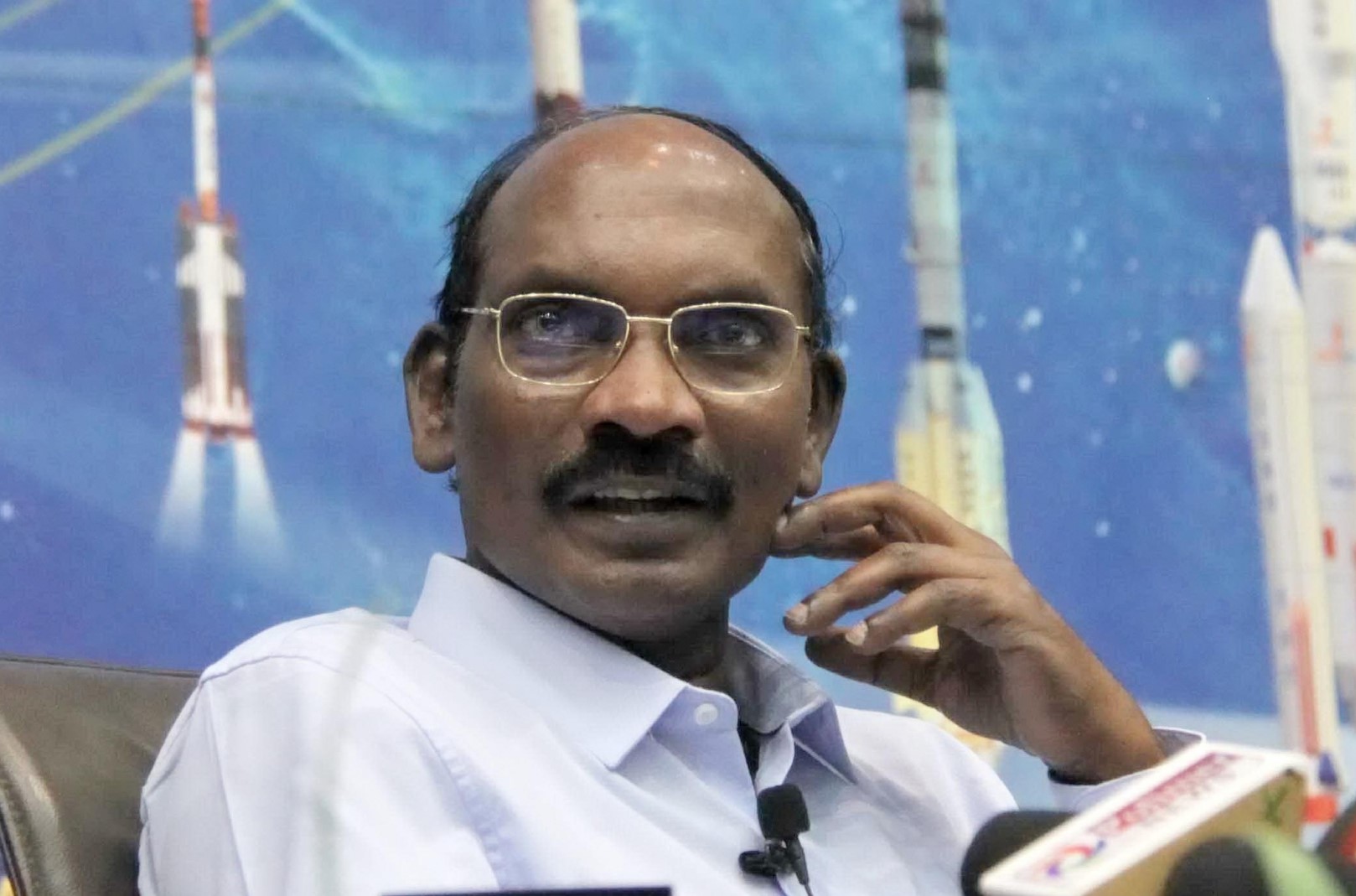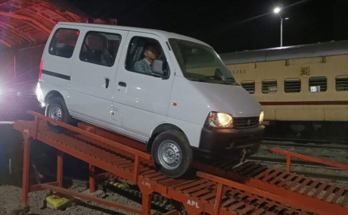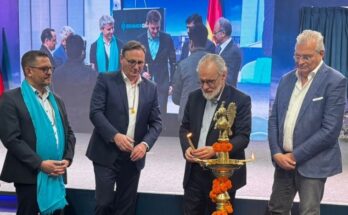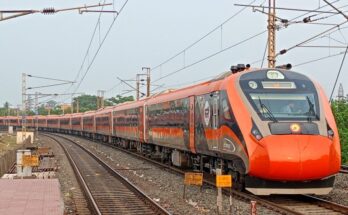Bengaluru, In its second attempt to soft-land on the moon, India began working on its third lunar mission — Chandrayaan-3 — which is scheduled for launch in early 2021, a top space official said on Wednesday.
“We have started working on our third lunar mission to land an unmanned spacecraft near the moon’s south pole. The project work has gained momentum to launch the lander and rover by early 2021,” Indian Space Research Organisation (ISRO) Chairman K. Sivan said at a space event here.
On January 1, Sivan told the media here that the government had approved the ambitious mission for soft-landing of a spacecraft and a rover near the moon’s south pole in the later part of 2020 or early 2021.
India’s maiden attempt to soft-land at the designated spot on the moon failed on September 7, 2019, when Chandrayaan-2’s Vikram spacecraft crash-landed due to a velocity glitch.
“As Chandrayaan-3 will have only a lander and rover, the lunar spacecraft will cost Rs 610 crore, including Rs 360 crore for the launch rocket,” said Sivan on the margins of a symposium on “Human Spaceflight and Exploration – Present Challenges and Future Trends”.
The space agency spent Rs 960 crore on the Chandrayaan-2 mission, whose Orbiter is circling around the moon at about 100 km from the lunar surface in an elliptical motion since August 20 last.
On India’s maiden manned mission ‘Gaganyaan’, Sivan said that four Indian Air Force (IAF) pilots selected with three of them as crew would soon visit Russia for training.
“Gaganyaan will be a historic mission for the country as three Indian astronauts will fly in a space module designed and developed indigenously,” asserted Sivan, a rocket specialist.
Former IAF Wing Commander Rakesh Sharma was the first Indian to fly in space onboard the Russian Soyuz-11 mission on April 2, 1984.
On return from Russia, the IAF quartet will undergo module-specific training at the space agency’s human space flight centre in this tech city where critical technologies for space missions are being developed.
“The four pilots will be trained in our crew and service module to operate it for simulations. Three of them will be finally selected for the 7-day space mission in the earth’s lower orbit,” Sivan said.
Asserting that the manned mission was not a one-off feat or exercise to send a human being into space, the ISRO Chairman said: “Gaganyaan is not just about sending a man into space but creating opportunities for national and overseas collaborations with other space-faring nations.
“Scientific discoveries, economic development, education, technology development and inspiring youths are the common goals for all nations. Human space flight programme provides an ideal platform to meet such objectives.”




